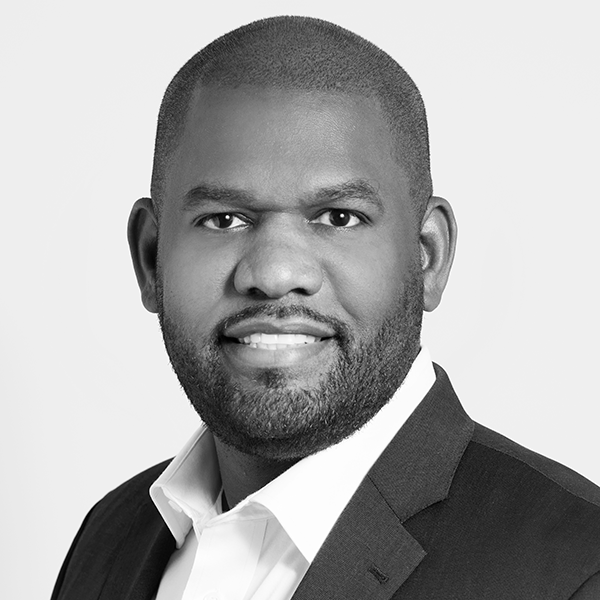MARC FEIN
Senior VP programming/production, Outdoor Life Network, Stamford, CT
It is a shame that last year’s Super Bowl stunt has forced us to lose some of the fully-live sports event experience. To date, OLN has not had any issues and we have not implemented a delay on our live events. However, we are always monitoring the situation and evaluating the best course of action.
ERIK HAUSER
Creative director and founder Swivel Media; director IXMA/EMF, San Francisco
I forget the exact movie, but the line is, “There’s no stopping what can’t be stopped. No killin’ what can’t be killed.” Event marketers have always put forth a great effort to prevent such things, but sometimes things simply don’t go as planned. Look at the recent Ashlee Simpson debacle on SNL where she was caught lip synching, and subsequently walked off-stage. And that was just an unexpected “audio malfunction.”
Always think of the worst possible scenarios, and put in contingency plans to prepare for them. In these two cases, a five-second time delay and an emergency “go to video button” would have been an easy solution. In live event marketing, often our worst enemies are the weather, equipment failures or personnel issues. The way to work with these is to design a campaign that is flexible and fluid. This is why I travel with three computers. I have a back up, and a back up for the back up. Why? An experienced event marketer must live by Murphy’s Law: “Anything that can go wrong, will go wrong.”
JACK PHILBIN
Co-founder and president, Vibes Media, Chicago
We run interactive services that let fans send text messages and camera phone pictures to be displayed in seconds on large screens at concert, club and sport venues. But allowing an excited crowd to express itself instantly is risky. Sponsors are thrilled at the prospect of 15,000 people staring at their logo, but all those people may see an offensive message if it goes uncensored. The challenge is to censor without stifling spontaneity.
[We use a] filter that automatically censors the bulk of vulgar messages by rejecting those that contain words on a blacklist, while letting the operator censor messages in real-time. With the auto-filter removing common vulgarities, the operator is free to catch more creatively crude messages.
Filtering picture messages is a bit trickier. The best way to weed out crude pictures is manually, restricting each picture unless the operator gives it the green light.
JOSH MCCALL
CEO, Jack Morton Worldwide, New York City
A flawlessly delivered live event has the capacity to create enormous positive impact on a potentially huge audience — and the reverse is also true. You have to anticipate anything that could possibly detract from the event.
Most live events don’t occur on an Olympic scale, but whatever the size of the event, the same rules apply: anticipate, plan layers of redundancy and back up, and be sure that the team creating the event has breadth as well as depth of resource and expertise. Whether we’re dealing with a consumer, corporate or a public event, and whatever the size and scope of the project, clients need to know that as event marketers we will inspire their audiences and that as risk managers we will not compromise our standards.
KEVIN ADLER
VP Relay Sports and Event Marketing, Chicago
Understand your brand and the brand (event/property) you are associating with. Do they match up well? If you are a conservative, family-targeted brand and the event you are sponsoring is chasing a youth audience, expect edgier tactics that may not be right for you.
Negotiate content approvals into your contract. Legend has it that the NFL never saw the halftime show rehearsed before it was performed.
Whether or not you actively leverage your sponsorship or event through public relations, your p.r. team will be responsible for managing any negative press should something happen, so they should be engaged and prepared prior to the event.
Any time you tie your brand to the performance of a third party (athlete or entertainer), there is an inherent risk. Careful choices in who you align your brand with and how you manage the partnership will minimize risks and maximize rewards.
MATTHEW GLASS
CEO, Grand Central Marketing, New York City
Linking your brand to a performer that has no personal connection to your product or cause can be dangerous. When approaching celebrities to perform, or appear at your promotional events, do your homework about them.
Even with preemptive contract stipulations, product training and brand initiation, avoid giving over control of your event to one performer. Have a contingency plan to take back the stage should there be any “diversion” from the run of show. Having a professional emcee or brand representative just off stage with a live mike is one way to reduce your risk.
Have a crisis communications plan that addresses the situation swiftly and head on. CBS may have added to its problem during last year’s Super Bowl by not addressing the incident during the game. By contrast, when Dale Earnhardt, Jr. used profanity during a recent live post-race interview, NBC announcer Bill Weber was quick to issue an on-air apology. In the eyes of viewers, this helped alleviate much of the responsibility from NBC and showed that the network did not condone Earnhardt’s language.
 Network
Network

